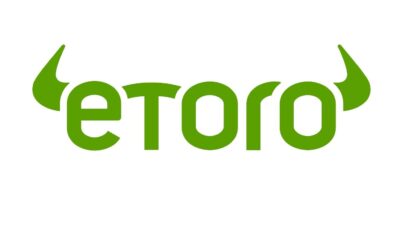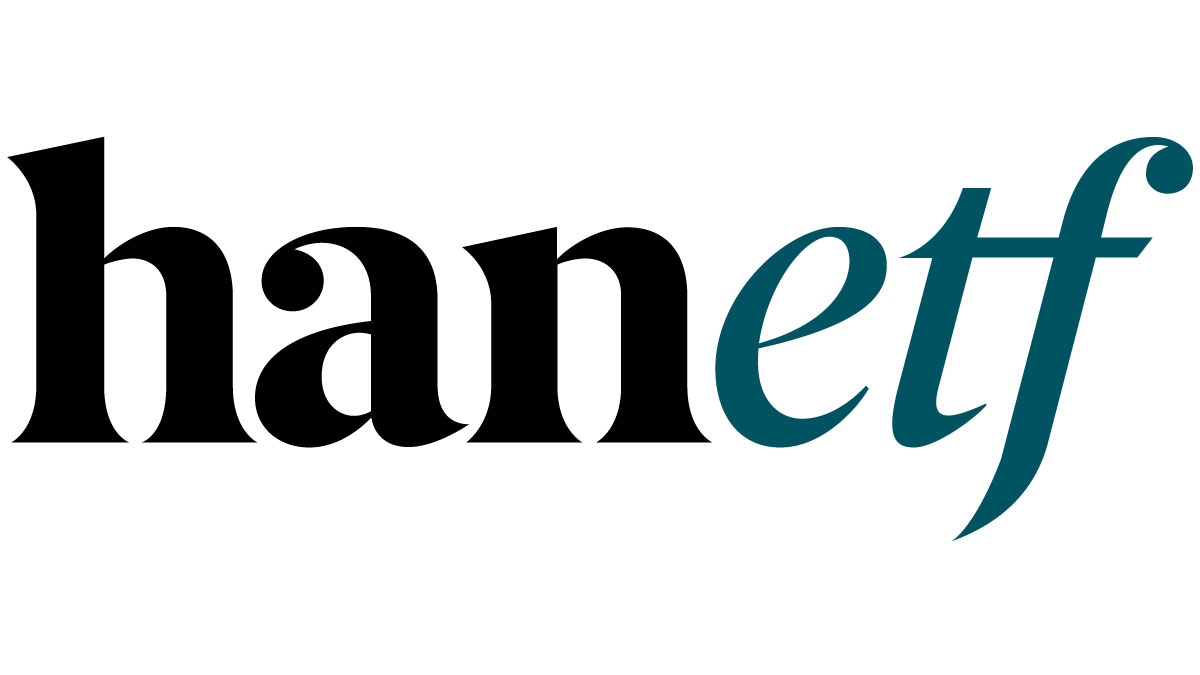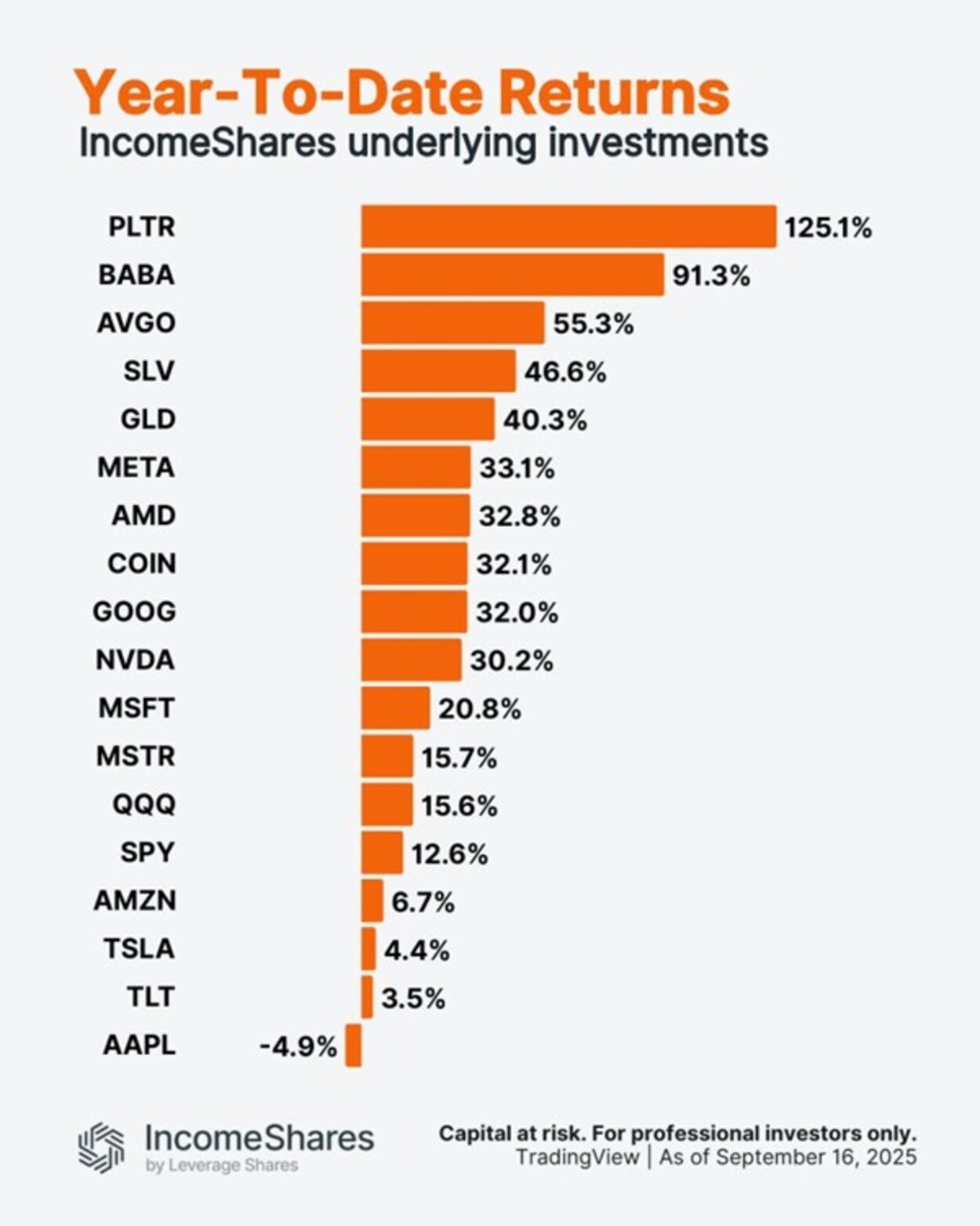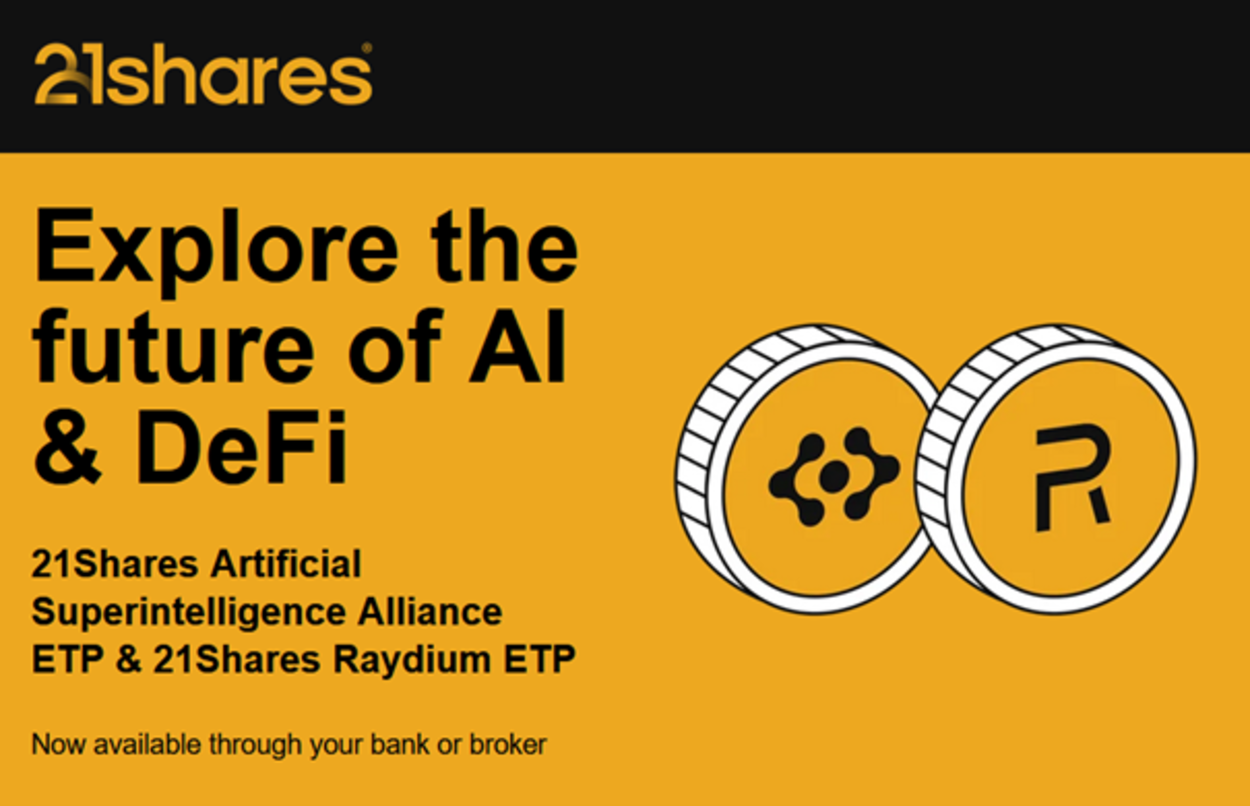Om du någonsin har förlorat pengar på att köpa en aktie som går ned har du förmodligen undrat om det finns ett sätt att tjäna pengar när aktier faller. Det finns det, och det kallas short selling. Även om det verkar vara den perfekta strategin för att dra nytta av sjunkande aktiekurser, kommer det med ännu en annan typ av risk än att köpa aktier på traditionellt sätt.
Blankning av aktier är ett sätt att dra nytta av fallande aktiekurser.
Ett fundamentalt problem med short selling är den teoretiska risken för obegränsade förluster.
Blankning görs vanligtvis med aktielån och dessa aktielån kommer med räntekostnader, som du har betalat för så länge som positionen är på plats.
Med shortselling, oavsett hur dåliga ett företags utsikter kan vara, finns det flera händelser som kan orsaka en plötslig vändning av förmögenheter.
Hur blankning fungerar
Motivet bakom short selling det vill säga att blanka aktier är att investeraren tjänar pengar när aktiekursen sjunker i värde. Detta är motsatsen till den ”normala” processen, där investeraren köper en aktie med tanken att den kommer att stiga i pris och säljas med vinst.
En annan utmärkande egenskap vid short selling är att säljaren säljer en aktie som de inte äger. Det vill säga de säljer en aktie innan de köper den. För att göra det måste de låna det aktie som de säljer från investeringsmäklaren. När de gör det säljer de aktien och väntar tills det (förhoppningsvis) faller i pris.
Vid den tiden kan de köpa aktien för leverans och sedan stänga sin korta position med vinst. Du kanske undrar vad som händer om aktiekursen stiger och det är en viktig fråga. Säljaren kan välja att ha en kort position tills aktien faller i pris, eller så kan de stänga positionen med förlust.
Risk och belöning
Ett grundläggande problem med short selling är potentialen för obegränsade förluster. När du köper en aktie (går lång) kan du aldrig förlora mer än ditt investerade kapital. Således har din potentiella vinst, i teorin, ingen gräns.
Om du till exempel köper en aktie till 50 kronor är det mesta du kan förlora just 50 kronor. Men om aktien stiger kan den gå till 100, 500 eller till och med 1 000 kronor, vilket skulle ge en rejäl avkastning på din investering. Dynamiken är exakt motsatsen till en kort försäljning.
Om du blankar en aktie på 50 kronor, är det mest du någonsin kan göra på transaktionen just 50 kronor (det skulle innebära att företaget går i konkurs och aktien är värd noll kronor). Om aktien går upp till 100 kronor måste du betala 100 kronor för att stänga positionen. Det finns i teorin ingen gräns för hur mycket pengar du kan förlora på en kort försäljning. Om priset skulle stiga till 1 000 kronor, måste du betala 1 000 kronor för att stänga en position på 50 kronor. Denna obalans hjälper till att förklara varför short selling inte är mer populärt än det är. Kloka investerare är medvetna om denna möjlighet. I praktiken kommer det att komma varningssignaler från din mäklare så du kommer aldrig att se en blankad aktie rusa utan att du uppmanas stänga positionen.
Tiden arbetar emot en short selling
Det finns ingen tidsbegränsning för hur länge du kan ha en kort position på en aktie, en valuta eller en råvara. Problemet är dock att de vanligtvis köps med marginal för åtminstone en del av positionen. Dessa marginallån kommer med räntekostnader, och du måste fortsätta att betala dem så länge du har din position på plats.
Den ränta som debiteras fungerar som något av en negativ utdelning genom att den representerar en regelbunden minskning av ditt eget kapital i positionen. Om du betalar fem procent per år i marginalränta och har kort position i fem år förlorar du 25 procent av din investering bara genom att inte göra någonting. Det gör att tiden arbetar emot dig. Du kommer inte att kunna sitta på en kort position för alltid.
Det finns fler nyheter på marginalfronten, och det är både bra och dåligt. Om aktierna som du säljer kort stiger i pris kan mäklarföretaget genomföra ett ”marginalanrop”, vilket är ett krav på ytterligare kapital för att upprätthålla den minsta möjliga investeringen. Om du inte kan tillhandahålla ytterligare kapital kan mäklaren stänga positionen och du kommer att drabbas av förlust.
Så illa som detta låter kan det fungera som något av en stopp-loss-. Som vi redan har diskuterat är potentiella förluster vid kort försäljning obegränsade. Ett margin call sätter effektivt en gräns för hur mycket förlust din position kan upprätthålla. Det största negativet på marginallån är att de gör det möjligt för dig att utnyttja en placeringsposition. Även om detta fungerar fantastiskt uppåt, multiplicerar det helt enkelt dina förluster på nedsidan (vilket i detta fall är när den blankade aktien stiger).
Mäklarföretag låter dig vanligtvis låna upp till 50 procent av värdet på en placeringsposition. Ett margin call kommer vanligtvis att gälla om ditt eget kapital i positionen sjunker under en viss procentsats, vanligtvis 25 procent.
Faktorer som kan påverka en short selling
Oavsett hur dåligt ett företags utsikter kan vara, finns det flera händelser som kan orsaka en plötslig vändning av värdet och få aktiekursen att stiga. Oavsett hur mycket analys du gör eller vilket expertutlåtande du får, finns det alltid faktorer som kan påverka.
Om det händer medan du har en kort position i aktien kan du förlora hela din investering eller ännu mer. Exempel på sådana situationer är:
Den allmänna marknaden kan stiga betydligt och dra upp aktiekursen trots företagets svaga fundament
Företaget kan vara en uppköpskandidat. Tillkännagivandet av en fusion eller ett förvärv kan få aktiekursen att skjuta i höjden.
Företaget kunde meddela de oväntade goda nyheterna
En välkänd investerare kan ta en stor position i aktien, med den uppfattningen att den är undervärderad
Nyheten om en stor positiv utveckling i företagets bransch som kommer att få aktien att stiga i pris.
Politisk instabilitet i en viss del av världen kan plötsligt göra ditt kortförsäljningsföretag mer attraktivt
En förändring av lagstiftningen som påverkar företaget eller dess bransch på ett positivt sätt
Detta är bara några exempel på händelser som kan utvecklas som kan få aktiekursen att stiga, trots att omfattande undersökningar visade att företaget var en perfekt kandidat för en short selling.
Sammanfattning
Att investera i aktier på vanligt sätt är tillräckligt riskabelt. Short selling bör lämnas till mycket erfarna investerare, med stora portföljer som lätt kan absorbera plötsliga och oväntade förluster.

 Nyheter3 veckor sedan
Nyheter3 veckor sedan
 Nyheter4 veckor sedan
Nyheter4 veckor sedan
 Nyheter4 veckor sedan
Nyheter4 veckor sedan
 Nyheter4 veckor sedan
Nyheter4 veckor sedan
 Nyheter2 veckor sedan
Nyheter2 veckor sedan
 Nyheter4 veckor sedan
Nyheter4 veckor sedan
 Nyheter2 veckor sedan
Nyheter2 veckor sedan
 Nyheter4 veckor sedan
Nyheter4 veckor sedan






















